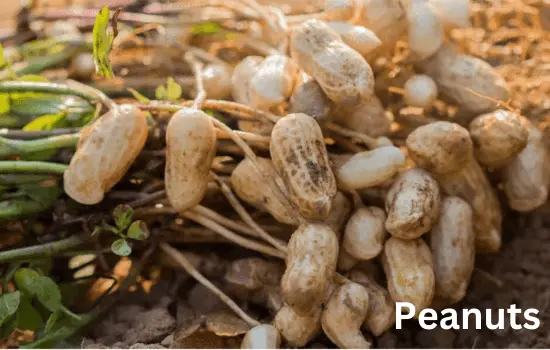Top 10 Factors Affecting Herbicide Carryover/Residue | BotanyLive
There are many factors affecting herbicide carryover or residues in soil and plants like residue itself, some biotic (microbes, plants), abiotic (soil, moisture, light), and chemical (degradation process, half-life) factors. Herbicides destroy plants (herbs) and more specifically off-type plants or weeds. After destroying weed plants or limiting their growth, herbicide residues may persist in the…




